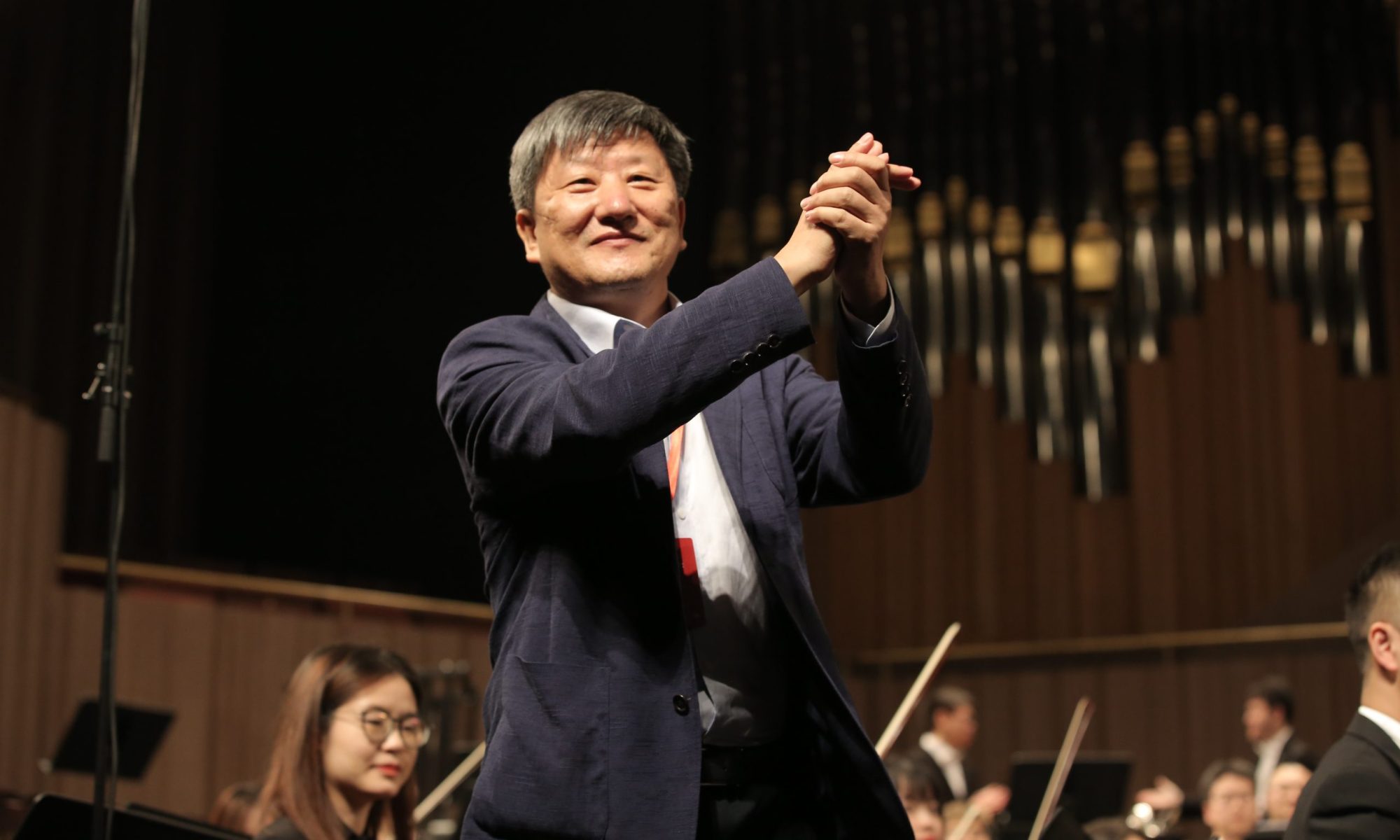The Wind Passing Through the Vast World for Pipa and Orchestra (2017)
琵琶是一件历史悠久、充满诗意,并具有丰富表现力的传统乐器。它与丝绸之路文化交流密切的关系,使得这件乐器带有多种文化浸染的印记。该作品中,琵琶采用低音弦移低纯四度的定弦法,试图追寻由西域传入的五弦琵琶古朴的音色及其浑厚共鸣的音响特质。
整部作品的音乐语言主要聚焦于琵琶轮、滚与扫拂组合的演奏技巧与发声 法; 管弦乐队的音乐语言是对琵琶音响模式的进一步延伸,通过将琵琶声响在不 同乐器上的转换与变化,以拓展琵琶音乐的表现力。最终,二者浑然一体共同营 造丝绸之路的历史意象。
此外,作品将唐大曲散序、中序、入破与急声四个递进结构模式予以打破重组,由十个长短不一的段落组成五个连续演奏的部分。
In China, pipa refers to a millennia-old lute imbued with crisp poetry and great expression. It has close ties with the Silk Road—a bridge for cultural exchange, which makes such lute bear the imprint of cultural diversity.
With reference to the Greater Qishi tuning of Tang’s five-stringed pipa, the composition in question tries to explore its simple tone and steady resonance by lowering the pitch of both the third and fourth strings.
This masterpiece focuses on performance and intonation, the former of which consists of rotating, rolling, flicking and plucking. The orchestra’s music language further extends the sounds of this instrument for greater expression’s sake by playing other instruments and making relevant variations. As a result, these two together make alive a historic image of the Silk Road
In addition, it restructures Tang Era’s Daqu Tune, which consists of sanxu, zhongxu, rupo and jisheng in a progressive manner, into five continuous parts that are further broken down into ten paragraphs with varying lengths.
